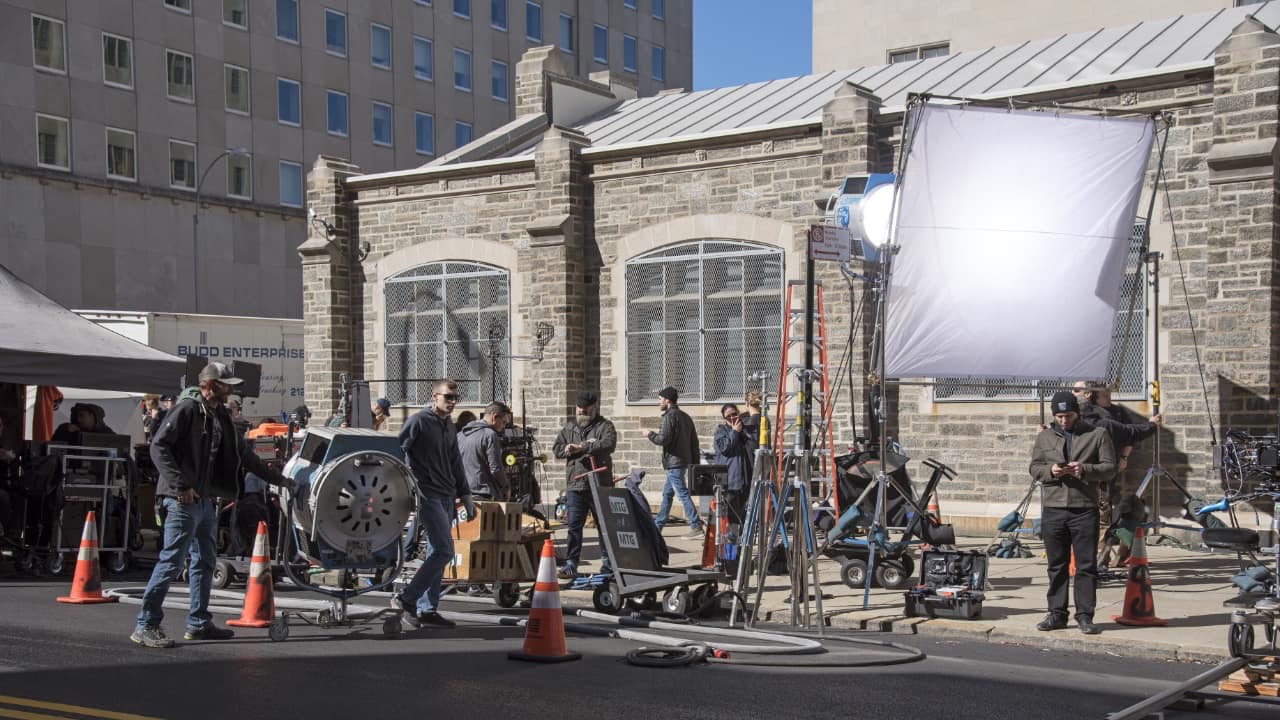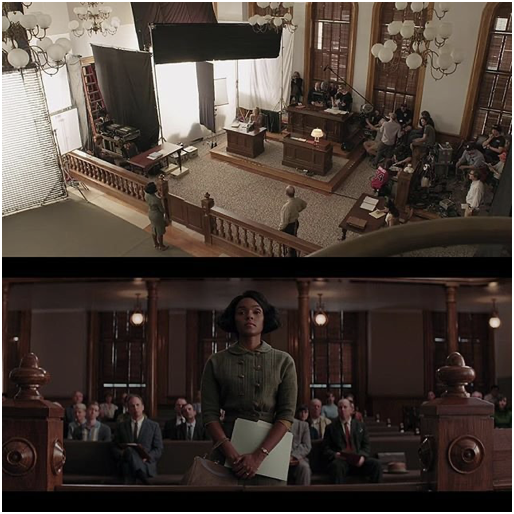
A lot of gear has gotten a lot smaller in recent years, but there are certain minimum requirements that inevitably impose a degree of bulk and weight on film productions. Lighting is one of them.
There’s probably always going to be a part of the film industry which creates a small, private city made out of white trucks in the streets around location. For a long time, that was the only game in town, and it seems likely that mainstream film and TV drama production will never need to pack light when people are paid so well to form a wagon train. For those of us who have to spill our own sweat carrying gear up the mountain, meanwhile, it’s often tempting to ponder just how essential that Fisher 10 and Vistavision camera really is, and how much could be achieved with a backpack gimbal and a Sigma FP.
This sunlit upland in which camera departments can somehow get around without a twenty-truck motorcade is enticing, especially if you’re one of the people charged with carrying more than a light meter from unit base to the location itself. Readers with a healthy degree of dubious scepticism, though, will have anticipated the huge, cloven-hooved caveat which is now galloping enthusiastically toward this subject.
The fact that your camera can see in the dark better than a military starlight scope, and that your lights can simulate a supernova while being powered by a nine-volt battery, means small equipment. However, and crucially, it doesn’t necessarily mean small setups. Consider the image below, which shows a setup created for 2016's Hidden Figures alongside the shot itself. It’s not clear whether the principal light source is natural daylight or an 18K outside the window, but the bounce, diffusion and flagging is the same regardless. There’s large diffusion and bounce ensuring that the key is suitably diffuse and flattering, and that demands an enormous black flag to control spill onto the background, as well as a huge grid to keep things pointed in the right direction.

Of course, if this scene involved only this medium shot of the actor, things might have been simpler. A relatively small diffusion or bounce - 8 by 8, or even less - could have lurked just out of the frame to camera right. The required light levels and the required flagging would have been smaller. With a relatively small source in the middle of a relatively large room, it might not even have been necessary to flag that light off the back wall at all.
The compact approach is quick, cheap, and fast. The problem arises from our old friend the inverse square law, which operates reasonably well for large sources once we’re further from the source than the source’s own size - about eight or ten feet, for an 8 by 8, for instance. Even so, the purpose of having that large source is to create soft light, and that’s most facilitated by placing the subject close to the large area light source, where things are more complicated.
So, taking a relatively small softbox and recreating that setup with it is fine, until the actor wants to move - and they have a lamentable habit of doing just that. Even if someone wants to take a handful of paces just to step into a scene, it’s easy to create an exposure variation that looks very unlike the light of a vast star that’s 93 million miles away, or the diffuse light of an effectively infinite cloud bank 10,000 feet overhead.
So, regardless the sensitivity of the camera or the efficiency of the lights, this setup could not massively change in scale. At some point, the geometry of the situation dictates where things must go. To create a soft source at a certain distance, the source must be a certain size. To flag that source, the flag must be a certain size. Both of those things are based on distances which arise from the size of the room that’s being used as a location. That (and other important things) arise essentially from the size and shape of a human, which we can probably agree is unlikely to change much.
Are there quick, easy ways to create light sources big enough that they stay soft and don’t fall off as people move around? Well, sometimes those light sources do need to be really big, but there are LED emitters woven into flexible fabric panels designed for rigging into frames. That’s no slower to rig than grid cloth and it’s much, much faster to rig, and takes up less space, and is vastly more optically efficient, than that 8-by-8 with a big HMI behind it. That helps. Whether it helps enough to make the whole film unit noticeably smaller and faster is another matter.
In the end creating certain effects will always and inevitably require a setup of a certain size, and that’s governed by physics which is not subject to alteration by even the craftiest new technology.
Tags: Production Lighting


Comments